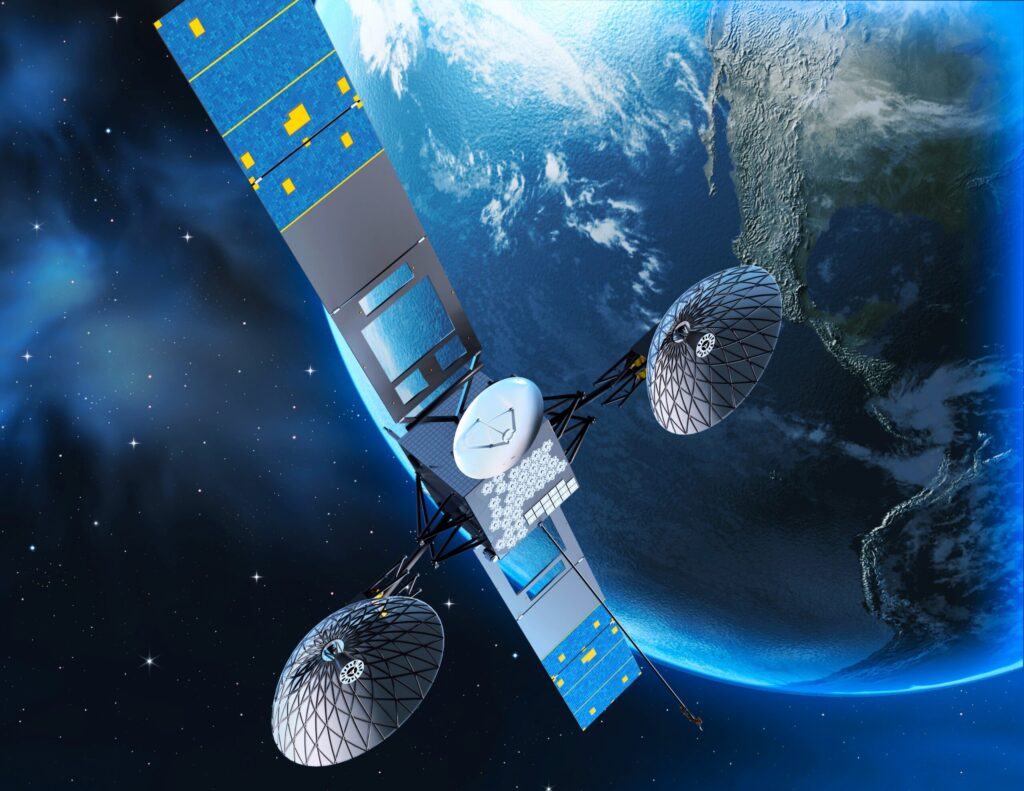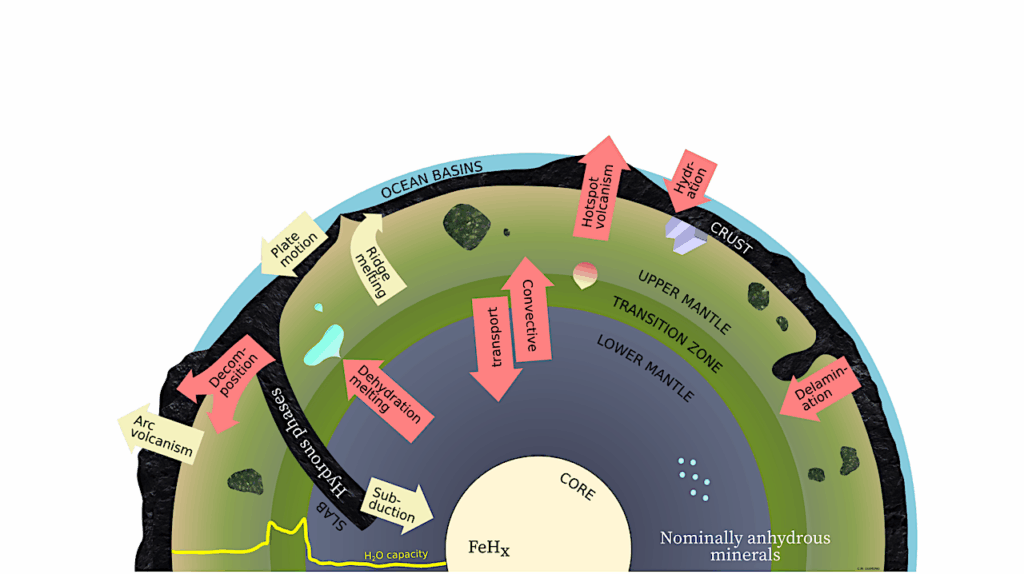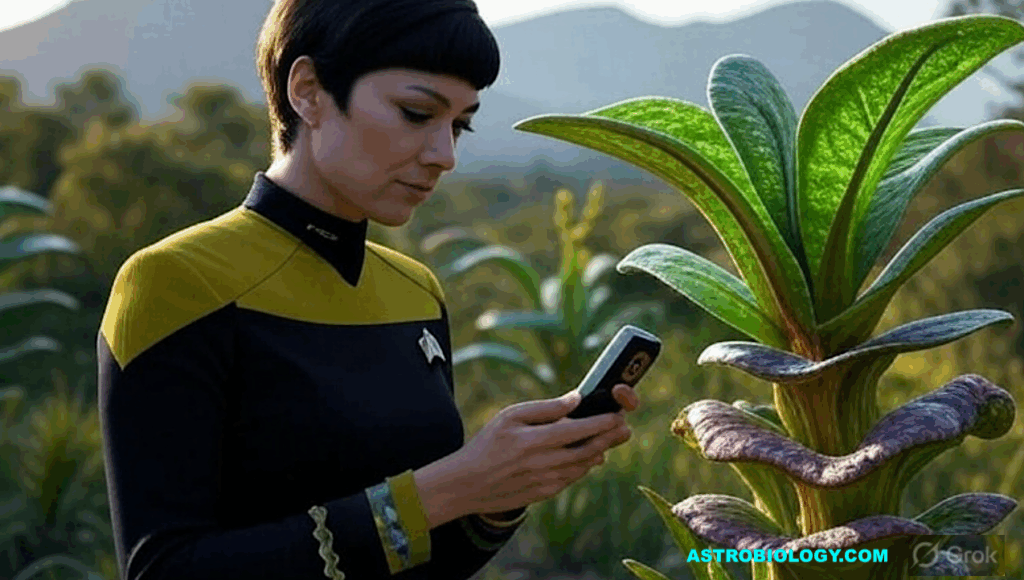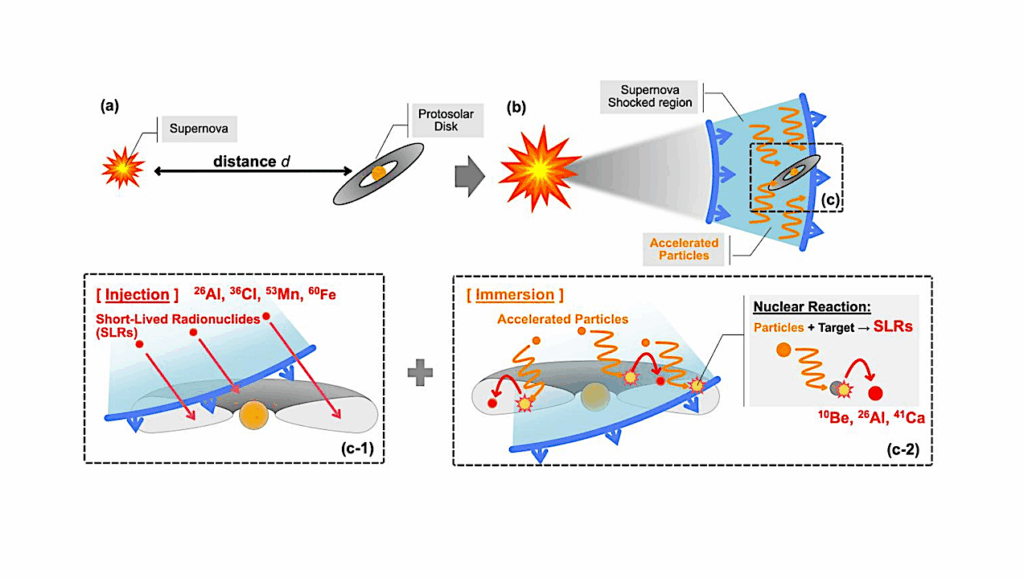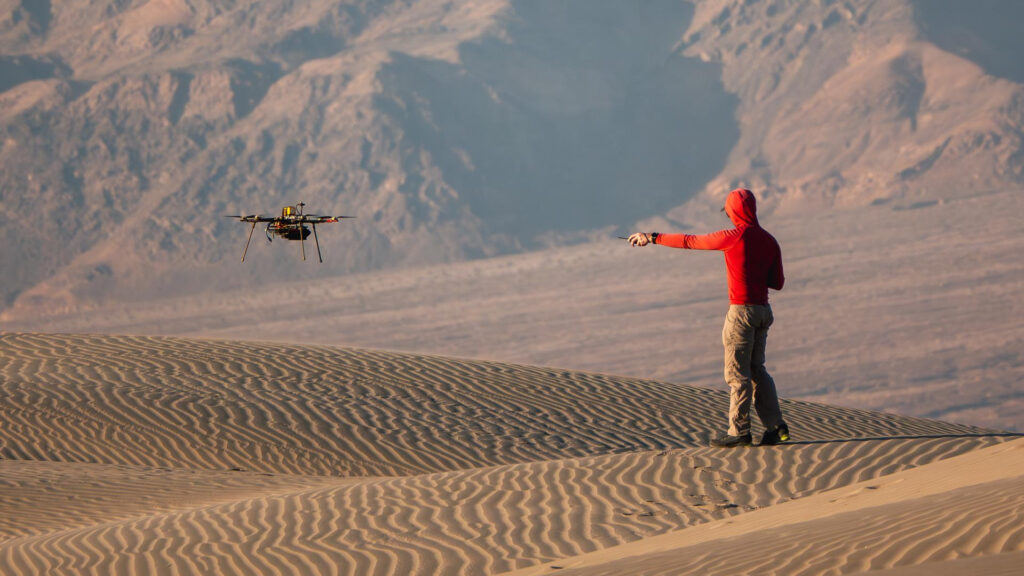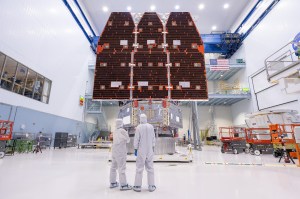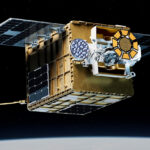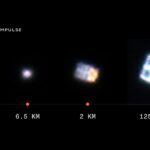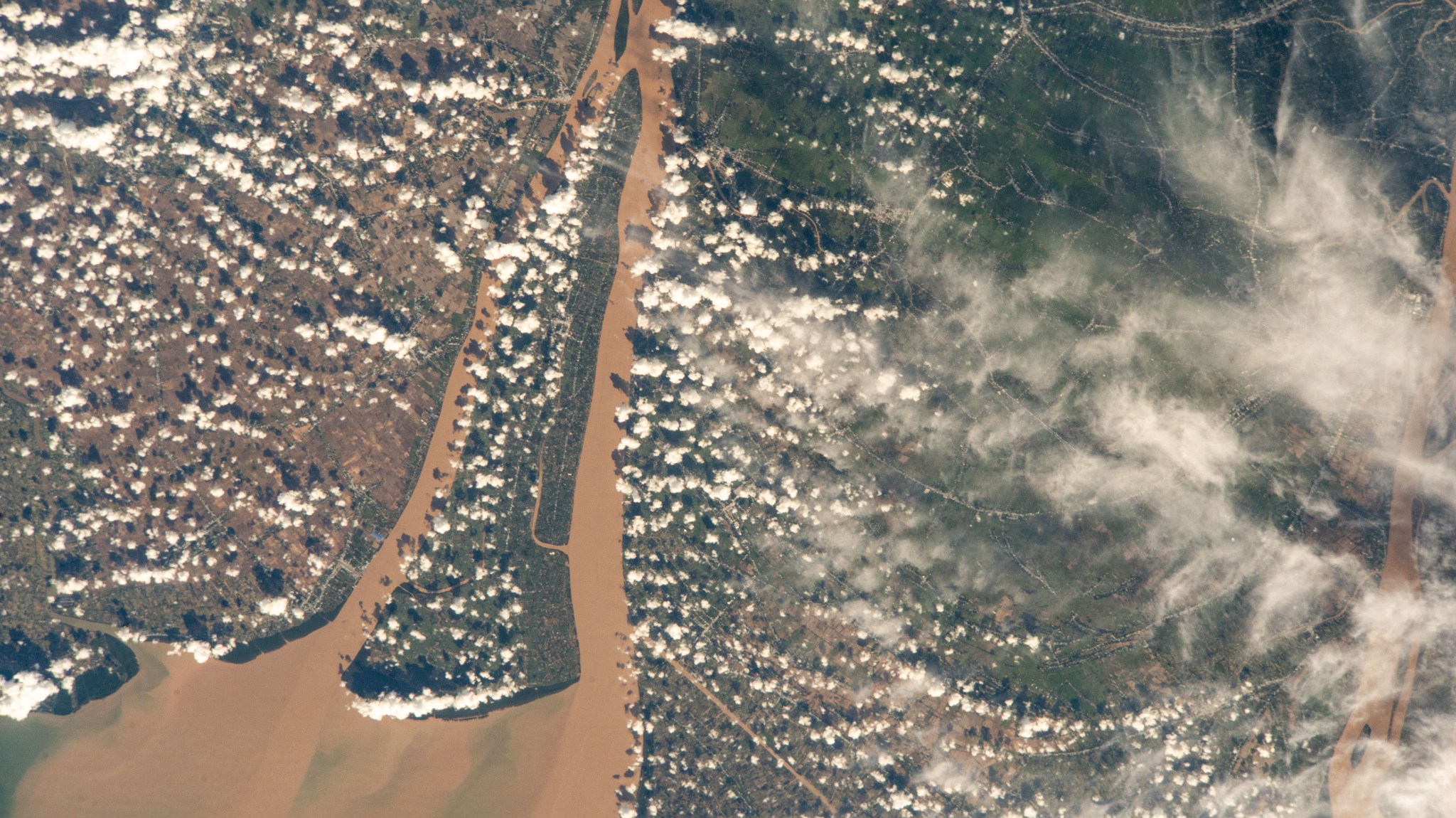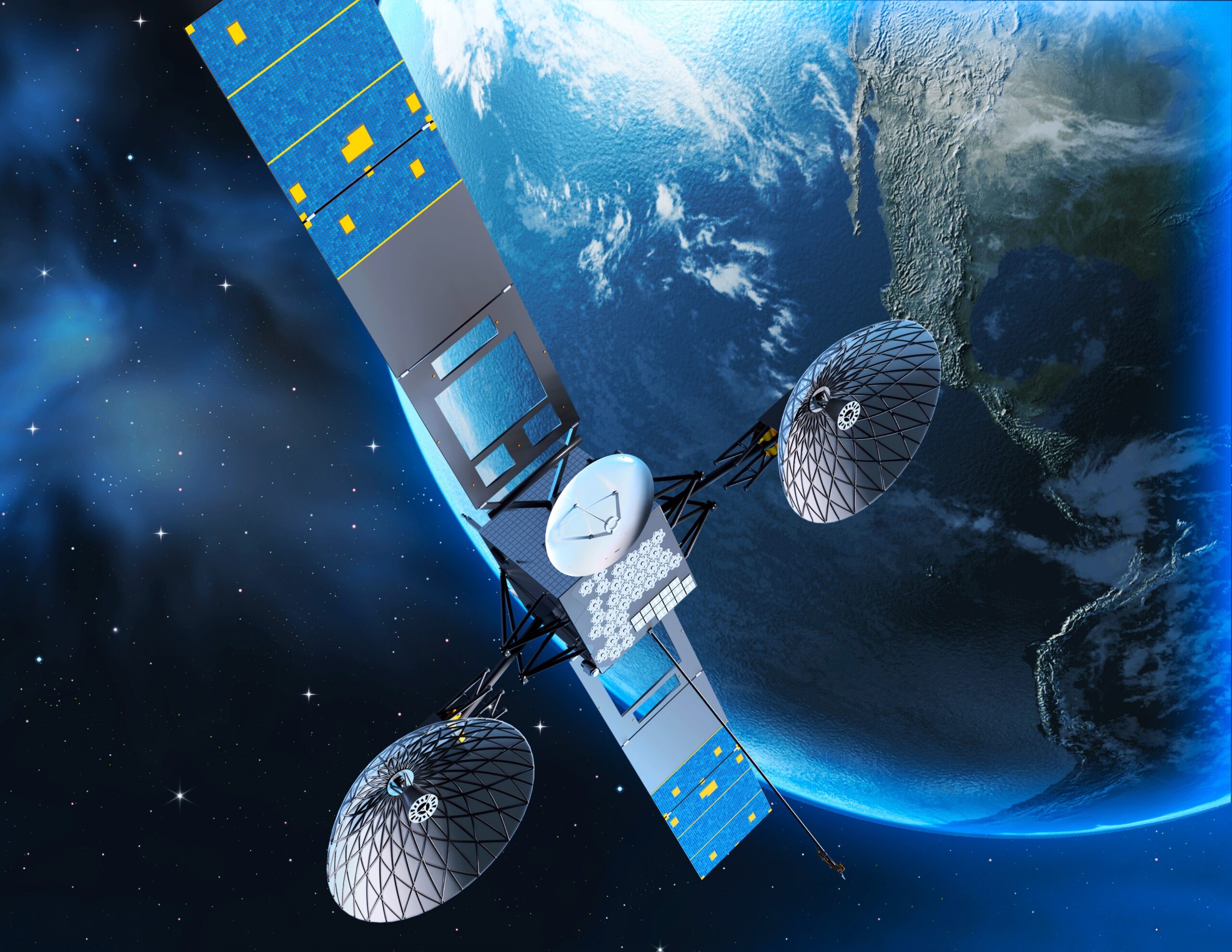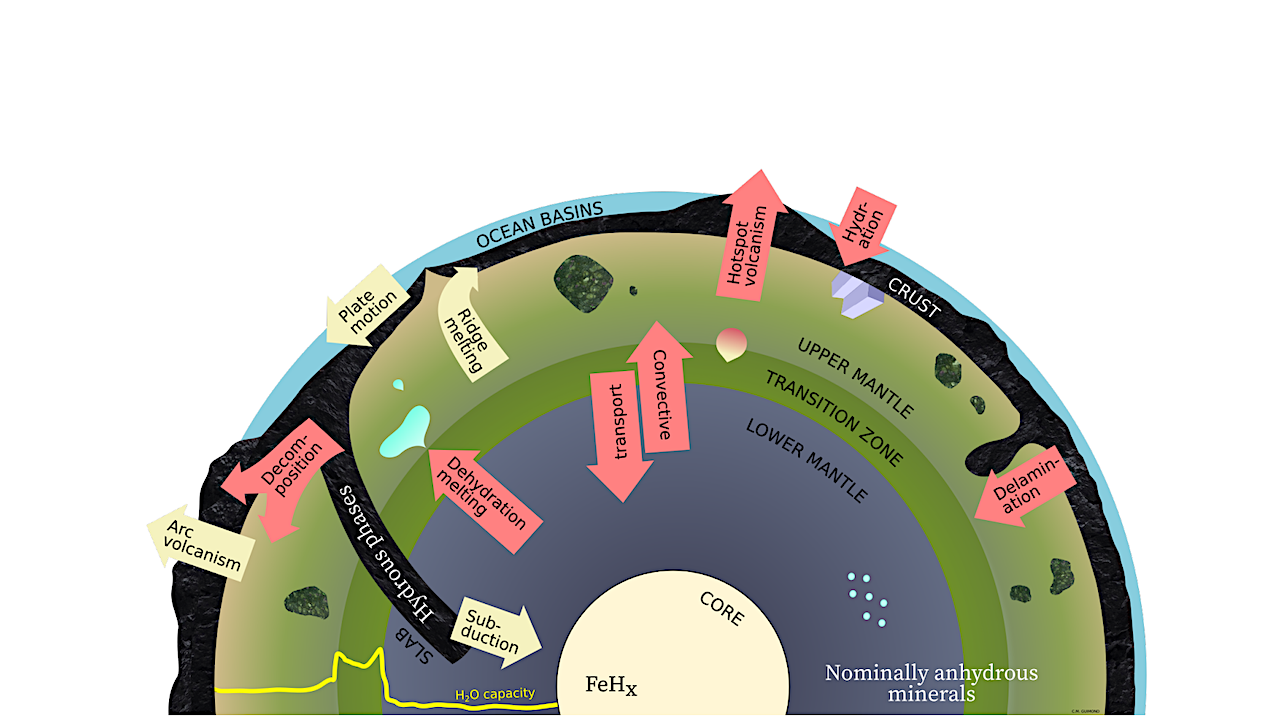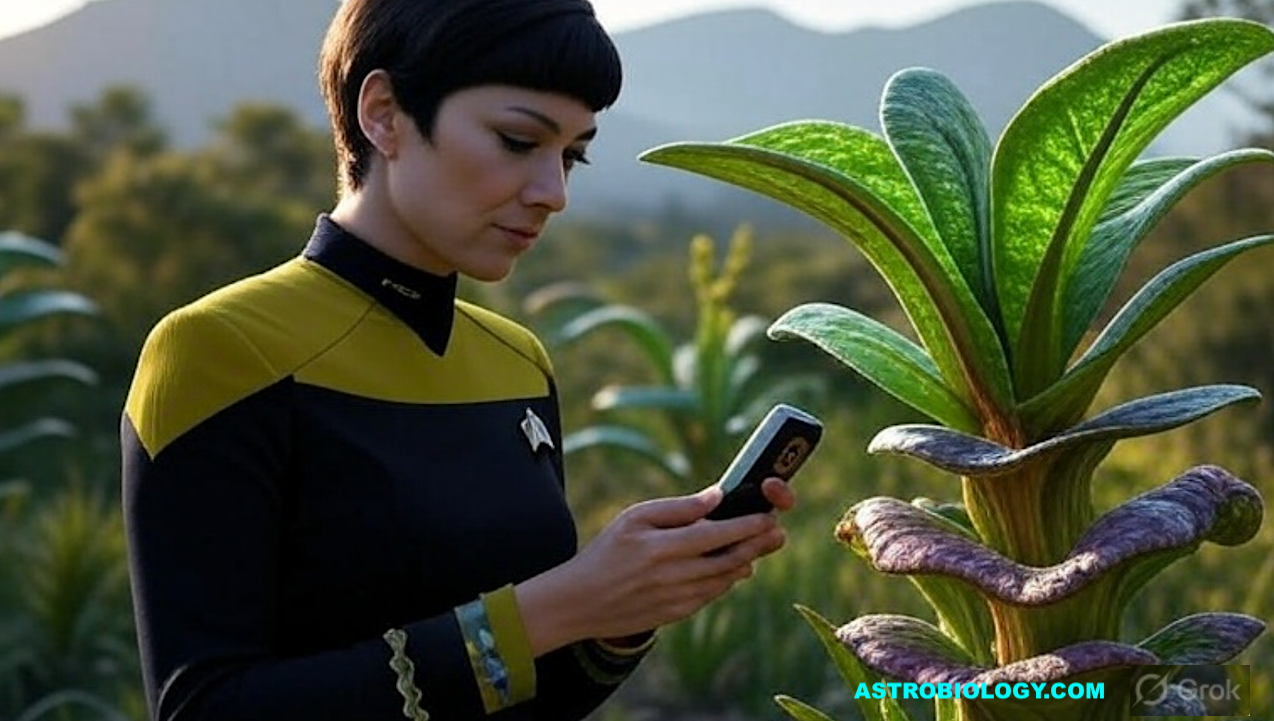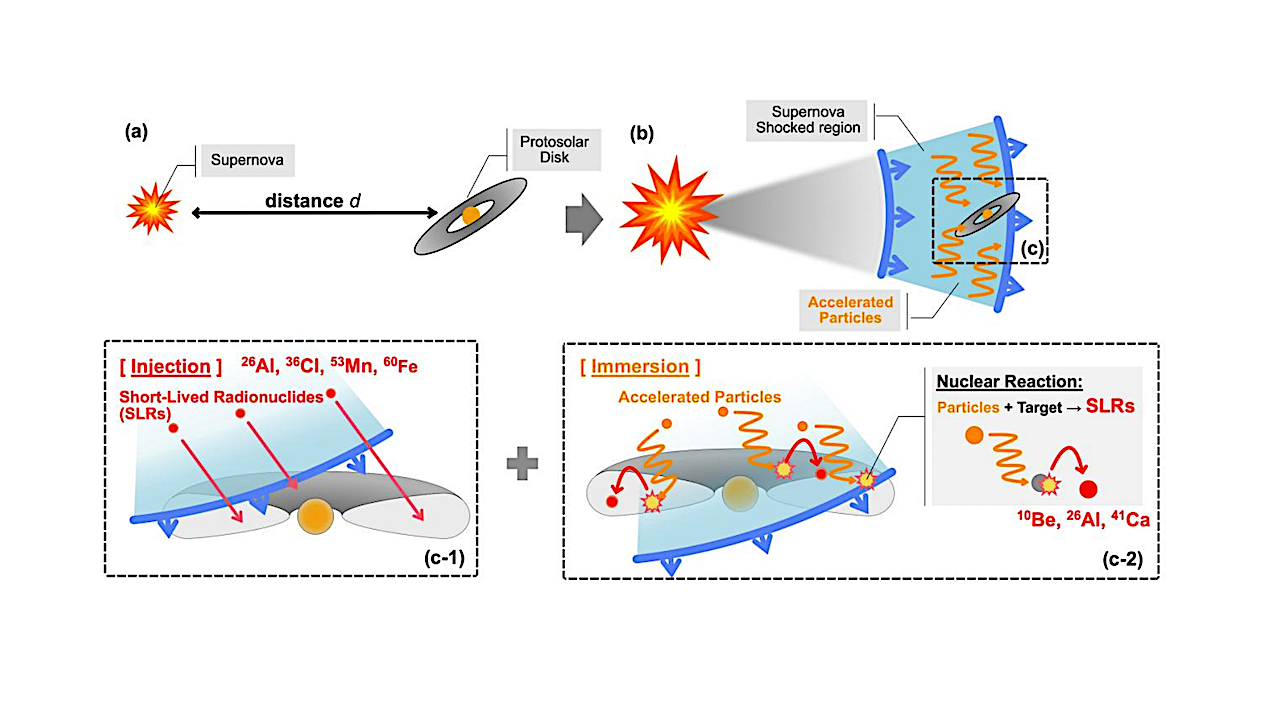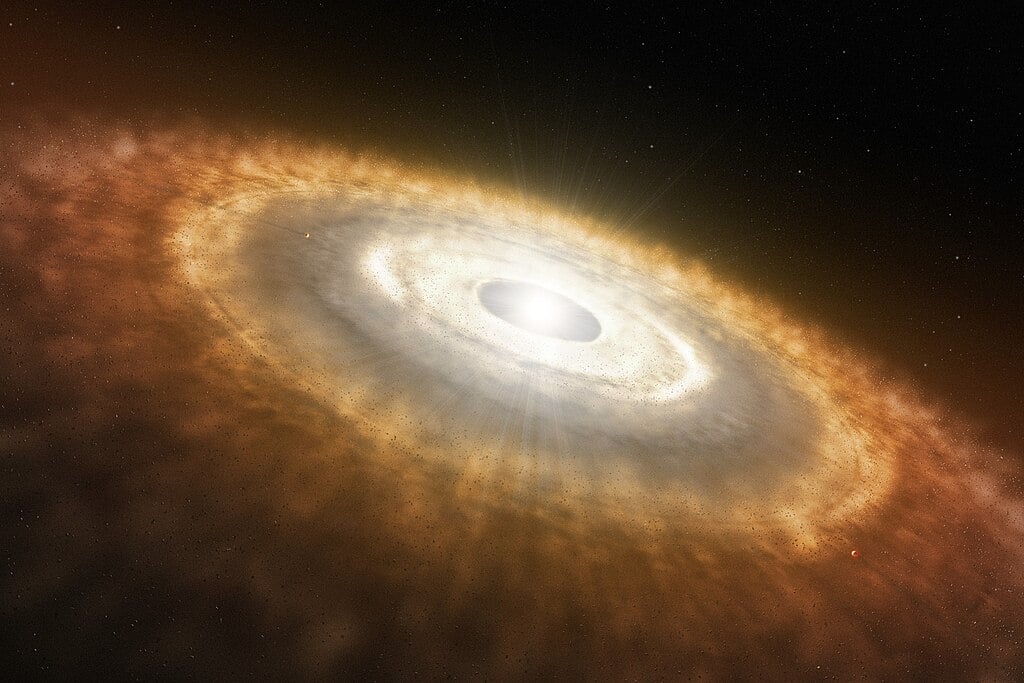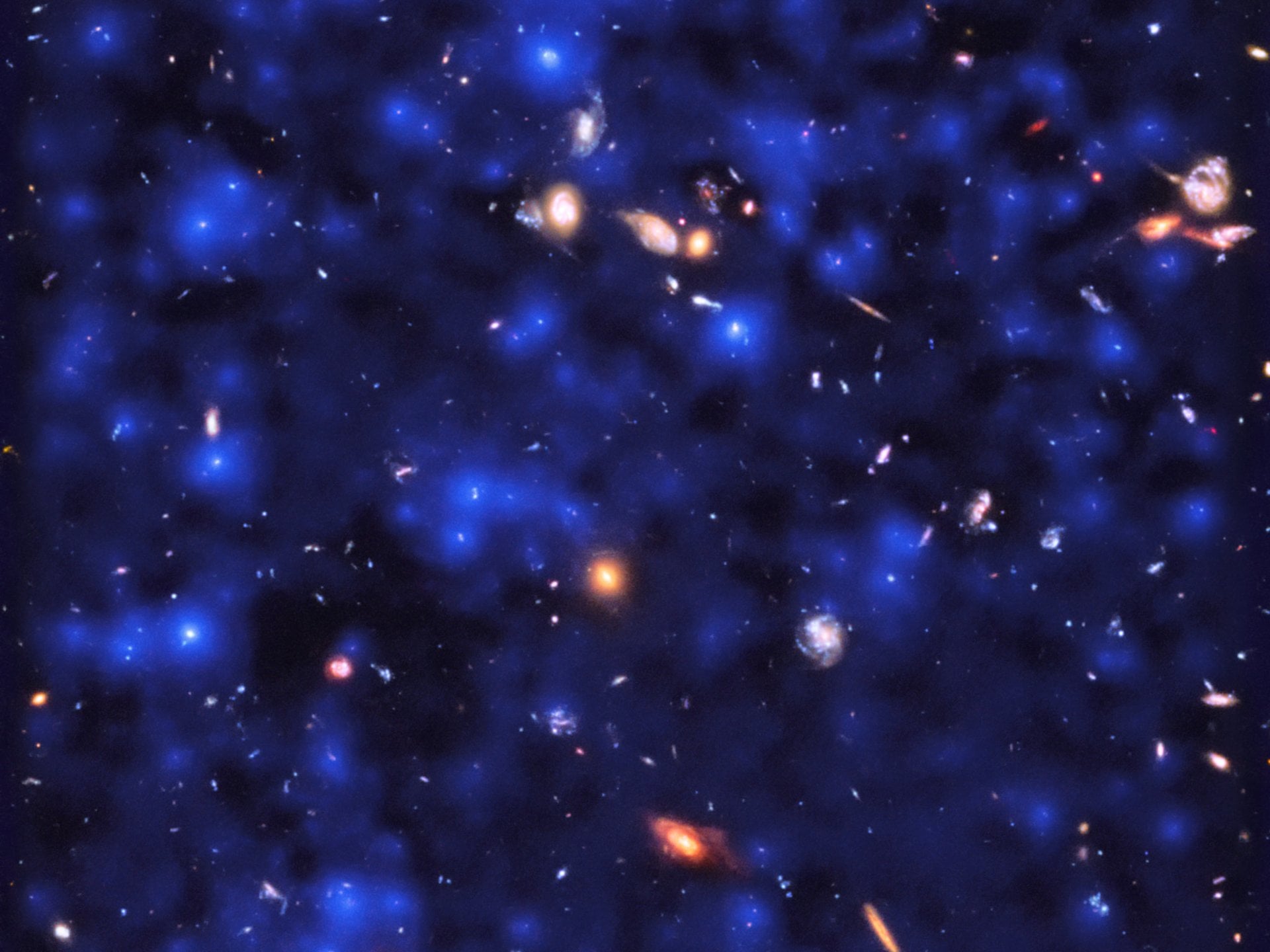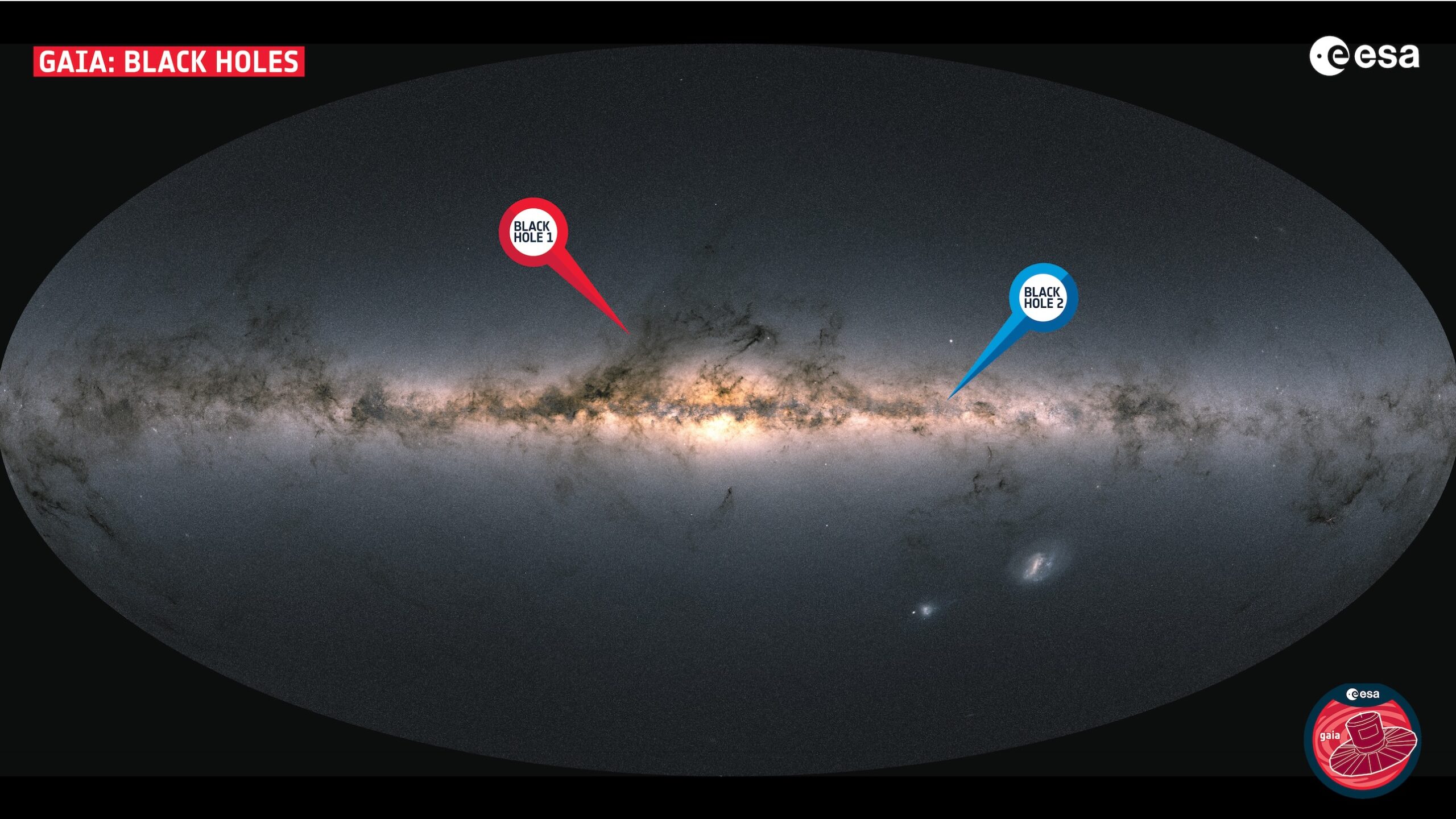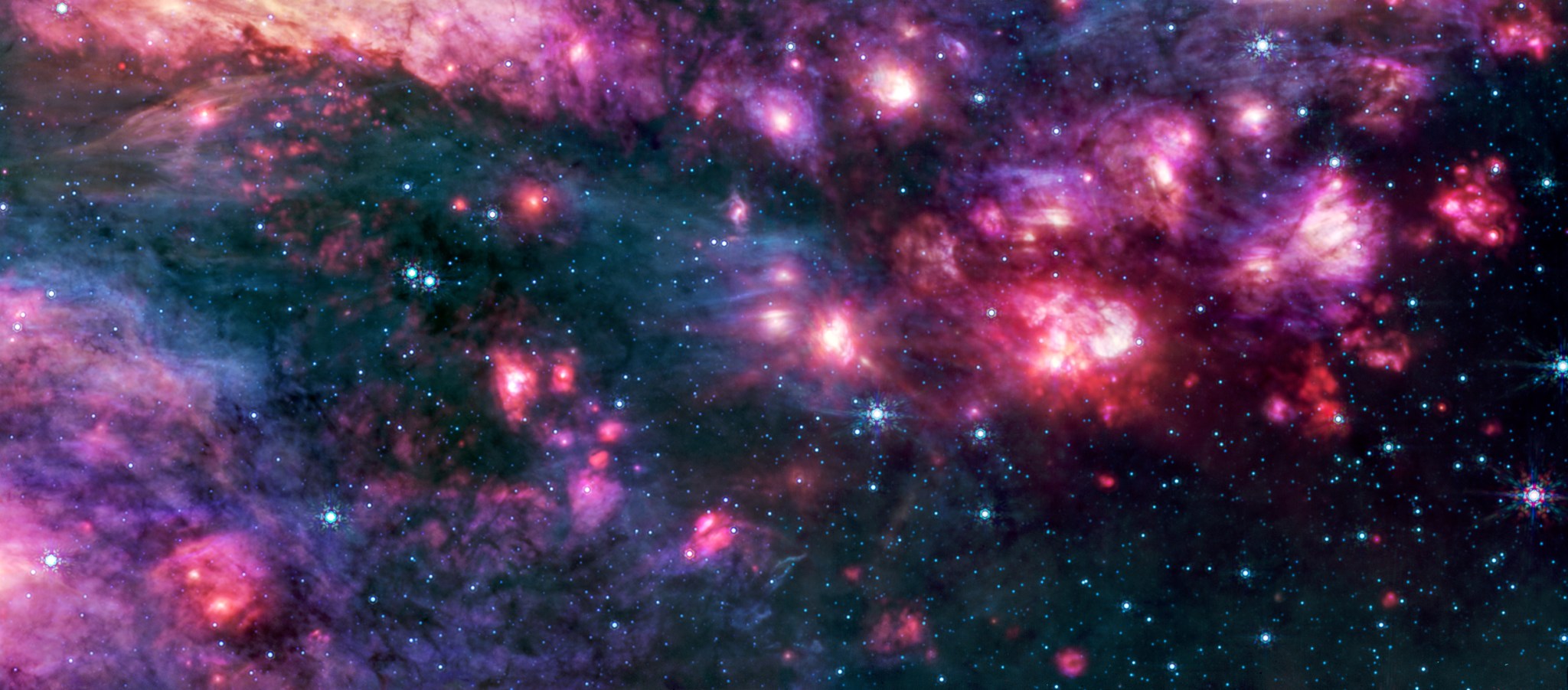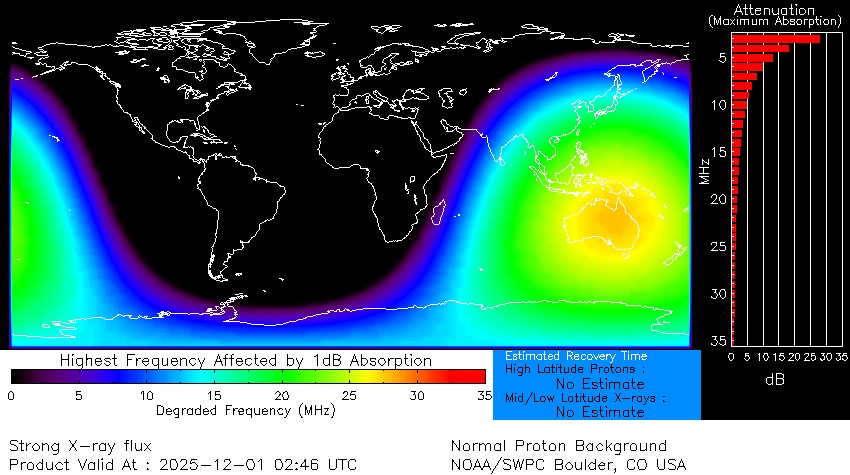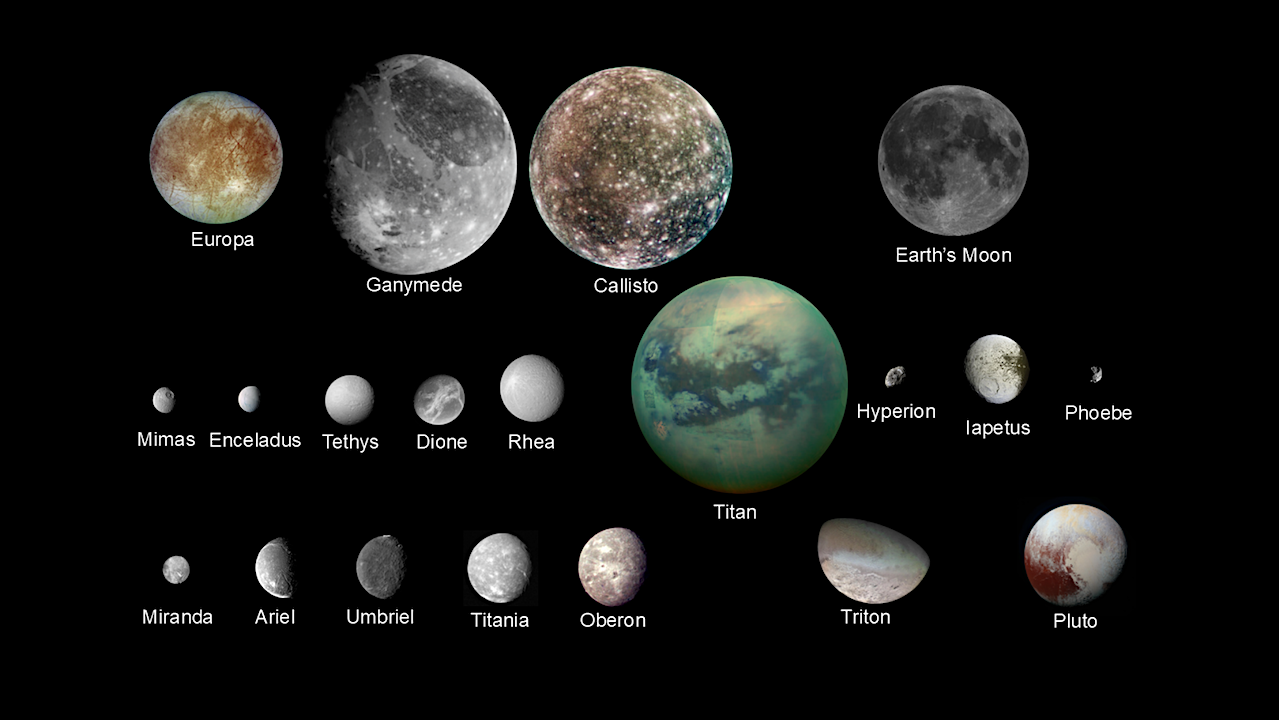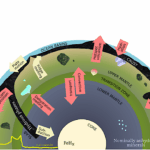The complex molecules required for life on Earth might never have formed if it wasn’t for cosmic dust.
Marvel Cosmic Invasion assembles an unlikely group of heroes (and antiheroes) to stop an alien invasion in an old-fashioned beat ’em up. While the game’s big bad Annihilus hasn’t entered
Marvel Cosmic Invasion assembles an unlikely group of heroes (and antiheroes) to stop an alien invasion in an old-fashioned beat ’em up. While the game’s big bad Annihilus hasn’t entered
There is a period in the Universe known as the cosmic dark ages. It lies between the recombination of the first atoms and the ignition of the first stars, when
Using NASA’s Transiting Exoplanet Survey Satellite (TESS), astronomers have listened to the cosmic song a red giant star croons to its black hole companion. The song, related to the starquake
Want to boost your security while shopping online or streaming, no matter what device you’re on? NordVPN is up to 77% off, one of the best Cyber Monday VPN deals
NASA, ESA, CSA, STScI, Adam Ginsburg (University of Florida), Nazar Budaiev (University of Florida), Taehwa Yoo (University of Florida); Image Processing: Alyssa Pagan (STScI) The Mid-Infrared Instrument (MIRI) on NASA’s
As the first week of December unfolds, space enthusiasts can look forward to an exciting lineup of 10 orbital launches from six different companies across four continents. Leading the charge
The sun kicked off December with a bang, unleashing a strong X1.9-class solar flare that briefly knocked out radio communications across Australia and parts of southeast Asia. The eruption, which
Major icy bodies in the Solar System, with the Earth’s moon to scale. The images are shown at the proper relative size. From NASA’s Planetary Photojournal (https://photojournal.jpl.nasa.gov/), Earth’s Moon (PIA00302),
-
 012024 in Review: Highlights from NASA in Silicon Valley
012024 in Review: Highlights from NASA in Silicon Valley -
 02Panasonic Leica Summilux DG 15mm f/1.7 ASPH review
02Panasonic Leica Summilux DG 15mm f/1.7 ASPH review -
 03From Polymerization-Enabled Folding and Assembly to Chemical Evolution: Key Processes for Emergence of Functional Polymers in the Origin of Life
03From Polymerization-Enabled Folding and Assembly to Chemical Evolution: Key Processes for Emergence of Functional Polymers in the Origin of Life -
 04How New NASA, India Earth Satellite NISAR Will See Earth
04How New NASA, India Earth Satellite NISAR Will See Earth -
 05And Thus Begins A New Year For Life On Earth
05And Thus Begins A New Year For Life On Earth -
 06Astronomy Activation Ambassadors: A New Era
06Astronomy Activation Ambassadors: A New Era -
07SpaceX launch surge helps set new global launch record in 2024


